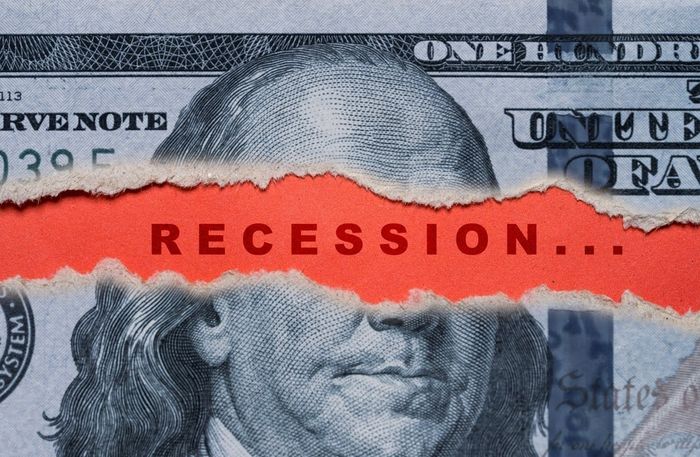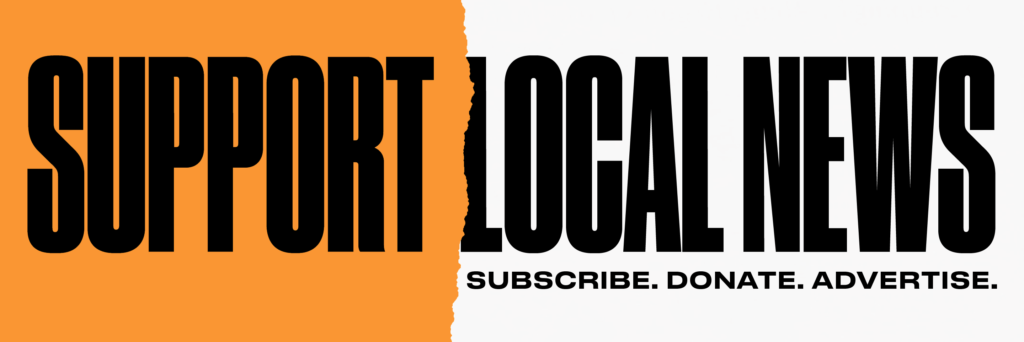By Tom Ozimek
Moody’s Analytics chief economist Mark Zandi says 22 U.S. states are already in recession, despite that national figures show the overall economy growing at a 3.8 percent pace and unemployment holding at 4.3 percent.
In a new interview with Fortune that builds on his late August analysis, Zandi said that much of the country’s economy is contracting beneath the surface, with many lower- and middle-income Americans on the cusp of financial distress, weighed down by debt and slowing wage growth despite steady employment levels.
“They’ve got a job, so that’s why they’re still able to spend and remain engaged in the economy,” Zandi said. “But increasingly … the grip feels more tenuous because no one’s getting hired. You can sustain that for a while, but you can’t sustain that forever.”
Zandi described what he suggested was a two-speed economy—one in which affluent Americans continue to spend, keeping national growth afloat, while many other households are already experiencing the strain of a downturn. He said lower-income families are under growing financial pressure as debt piles up and wage growth slows, leaving them vulnerable to any increase in job losses or credit tightening.
“They have debt: They have auto debt, they have student loan debt, they may, if they’re lucky, have a mortgage,“ he said, adding that if the labor market deteriorates, ”they’re going to struggle, and their world is going to descend into recession pretty quickly.”
Zandi’s comments to Fortune mark an escalation from his August remarks, when he said that 22 states were in or at high risk of recession based on his coincident index of payrolls, income, housing, and industrial production. At the time, he said that states making up nearly one-third of U.S. gross domestic product (GDP) were either contracting or near contraction, another third were “treading water,” and the rest were expanding.
Now, he says those 22 states—including many in the industrial Midwest and South—have fully entered recession territory. The pain, he added, is coast to coast, with weakness spreading from smaller, manufacturing-heavy states to larger ones that had previously been resilient.
At the national level, the latest government data still portrays an economy with steady income and spending growth. A recent report from the Department of Commerce’s Bureau of Economic Analysis showed that personal income rose by 0.4 percent, while consumer spending increased by 0.6 percent, driven by higher outlays for both goods and services.
While headline figures remain solid—the Atlanta Fed’s real-time GDP tracker still shows growth of 3.8 percent in the third quarter—other indicators point to cooling confidence and mounting labor-market anxiety.
Sentiment Slips, Retail Spending Weakens
The Conference Board’s Consumer Confidence Index fell to 94.2 in September, its lowest level since April, reflecting a marked deterioration in views of both current and future business conditions.
Job availability assessments declined for the ninth straight month, reaching a multiyear low, while the expectations index stayed below the 80-point threshold that typically signals a recession.
That pessimism was largely echoed in the University of Michigan’s October Consumer Sentiment Index, released on Oct. 10, which registered 55.0.
While the number was little changed from September’s 55.1, it was 22 percent lower than a year ago, while the survey’s index of future expectations ticked down to 51.2, or nearly 31 percent lower than a year earlier. Director Joanne Hsu said that “pocketbook issues like high prices and weakening job prospects remain at the forefront of consumers’ minds“ and that they ”do not expect meaningful improvement in these factors.”
Signs of financial stress are also showing in housing. Foreclosure activity rose sharply in the third quarter, with 101,513 properties receiving foreclosure filings—a 17 percent increase from a year earlier, according to ATTOM data released on Oct. 9.
CEO Rob Barber said the persistence of this trend “could be an early indicator of emerging borrower strain.”
Consumer spending, which has helped sustain growth through the year, also appears to be losing steam. U.S. retail sales slipped by 0.66 percent in September, with seven of 11 sectors posting declines, according to the latest CNBC/NRF Retail Monitor.
“Retail sales dipped in September as consumers hit the pause button after two solid months of back-to-school spending,” National Retail Federation (NRF) CEO Matthew Shay said in a statement. “Amid continued economic uncertainty, consumers opted to preserve spending power in preparation for the important holiday season.”
Household optimism about future finances has declined, the latest New York Federal Reserve’s September Survey of Consumer Expectations shows. Consumers now expect inflation to rise over the next year and plan to temper their spending, signaling a softer outlook for household demand.





